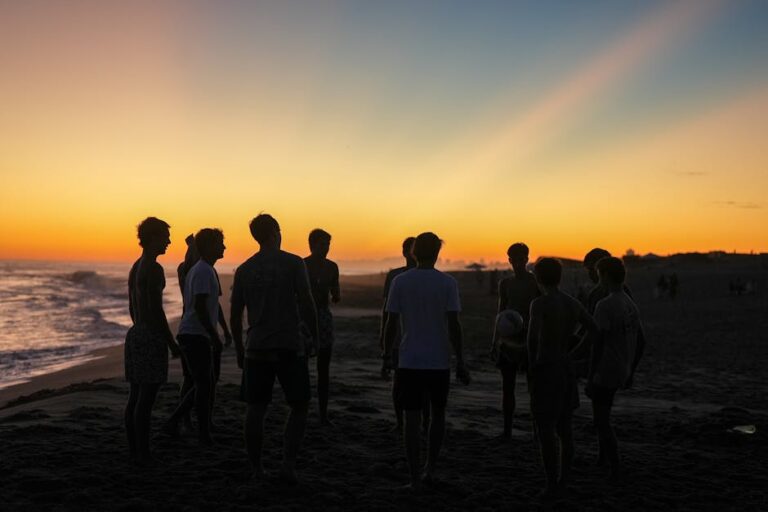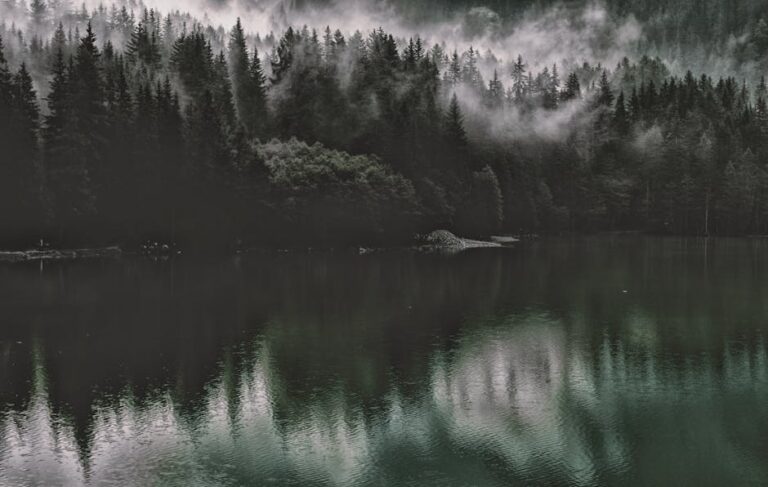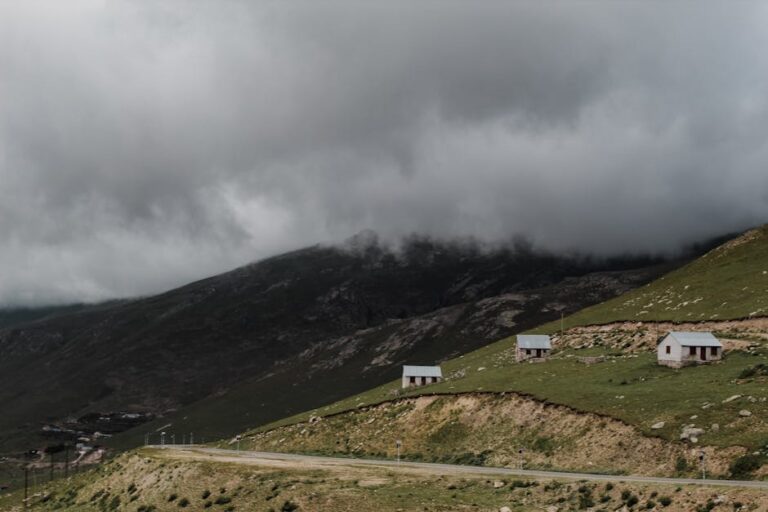Table of Contents
Planning a trip to the mountains is always a good idea, right? Especially when you’re thinking about a place like Uttarakhand. It’s seriously beautiful there, with those crazy high peaks, quiet valleys, and places that just feel super spiritual. But, you know, things keep changing these days, and hopping on a bus or plane to the Himalayas isn’t quite as simple as it used to be. Not that it’s hard, just different. So, if you’re dreaming about hitting up Uttarakhand in 2025, you really gotta get a grip on the latest rules. Trust me, it makes your trip way smoother and less stressful. We’re not talking about super strict stuff like in 2020 or anything, but more about how everyone’s trying to keep things safe and sound, both for us visitors and for the amazing environment up there.
It feels like travel has been on a wild ride for the last few years, doesn’t it? One minute you need a test, the next you don’t, then maybe a QR code. It’s been a lot to keep track of. But by 2025, the vibe is definitely shifting. We’re moving past those initial health panics and leaning more into making travel sustainable and manageable, especially for popular spots like Uttarakhand. The government, and honestly, the local people too, they’re really focused on keeping their homeland beautiful and not letting too many folks spoil it by accident. So, a lot of what we’re seeing now in terms of guidelines is less about stopping sickness and more about sensible tourism and making sure everyone has a good time without messing things up for the next person.
Why the Rules Feel Different Now
Okay, so why all these guidelines, anyway? And why do they seem to change a bit here and there? Well, for one, Uttarakhand sees a lot of tourists. Like, millions. Especially during peak seasons or for big pilgrimages like the Char Dham Yatra. When that many people show up, it puts a big strain on everything – the roads, the garbage system, even just having enough places to stay. So, some rules are actually about managing that crowd, making sure places don’t get totally overwhelmed. Think about it: if everyone showed up at Kedarnath on the same day with no plan, it’d be chaos.
Another big thing is the environment. The Himalayas are pretty fragile. Heavy tourism can really mess with the ecosystem, lead to more pollution, and honestly, sometimes people just aren’t careful with their trash or how they walk around. So, a fair chunk of these “latest guidelines” are really about protecting those mountains and rivers we all come to see. It’s like, a gentle nudge to say, “Hey, enjoy it, but also respect it, please.” I believe most people get this, but it takes everyone doing their bit.
Getting Ready: The Essentials You’ll Need
Alright, let’s talk practical stuff. What do you actually need to do before you pack your bags? As of 2025, the biggest thing to remember for many popular parts of Uttarakhand, especially if you’re planning a pilgrimage or a serious trek, is still some form of registration. This isn’t a new concept, but it’s gotten more refined. Basically, the state likes to know who’s coming in and where they’re headed. It helps them manage crowds, and if there’s an emergency (like, say, bad weather hitting a mountain pass), they know who might be affected and where to look.
For places like the Char Dham Yatra (Kedarnath, Badrinath, Gangotri, Yamunotri), you’ll definitely need to register online. They usually have a dedicated portal for this. It asks for basic info – your name, where you’re from, maybe an ID number, and your planned dates. It’s not a huge hassle, honestly, just a few clicks. What’s interesting is how this system helps them regulate the number of daily visitors to each shrine, which in turn reduces congestion and makes the whole experience much more peaceful. I’ve heard stories from years ago when it was just a free-for-all, and trust me, this managed approach is much better.
Beyond that, for general tourism in other areas like Nainital or Mussoorie, a specific entry pass isn’t usually required anymore, but always check the official Uttarakhand Tourism website right before you go. Sometimes, they might have specific advisories for certain districts if, say, there’s a local festival or a road closure. It’s really about staying updated, not just assuming everything’s the same as last year.
Health and Safety: Beyond the Pandemic Vibe
So, with the big pandemic issues pretty much in the rearview mirror by 2025, what about health and safety? Well, it’s not about wearing masks everywhere or constant testing anymore, which is a relief for most of us. Instead, the focus has shifted to general well-being and responsible travel.
First off, basic hygiene is still a good call. Like, common sense stuff: washing your hands, carrying a small sanitizer. If you’re going up high, especially to places like Kedarnath or Hemkund Sahib, altitude sickness is a real thing. No government guideline can fix that for you, but they do often put out advisories about taking it slow, staying hydrated, and talking to a doctor if you have underlying health conditions. Some spots might have medical check-up points, particularly on pilgrimage routes, where they recommend you get a quick once-over if you’re feeling off. This isn’t mandatory, but it’s there for a reason, you know?
Also, knowing a bit about the local emergency numbers is just smart. And having travel insurance that covers medical emergencies and trip cancellations? That’s not a guideline, but in my experience, it’s one of the best things you can do for peace of mind. Mountain travel can be unpredictable, sometimes roads close due to landslides, or plans change. It’s better to be covered.
Eco-Friendly Travel: The New Unspoken Rule
This is probably where the biggest shift is happening, and it’s becoming a really big part of the “latest guidelines” even if it’s not always spelled out in bold letters. Uttarakhand is trying hard to preserve its natural beauty, and that means everyone needs to chip in. Plastic waste, for example, is a massive problem. So, while there might not be a specific “no plastic bottle” checkpoint at every entry point, there are very strong pushes and local rules in many areas against single-use plastics.
What does this mean for you? Well, basically, carry your own reusable water bottle. There are often places to refill, especially in towns. And try to avoid bringing packaged snacks that create a lot of non-biodegradable trash. If you do, just make sure you carry your trash back with you until you find a proper bin. Littering is a big no-no, and honestly, you might see fines in places if you’re caught. It’s for the best, truly. Nobody wants to see plastic bags hanging off trees in the Himalayas.
Another thing that’s gaining traction is sticking to marked trails if you’re trekking. Going off-path can damage fragile flora and fauna. And please, please, no campfires in undesignated areas. Forest fires are devastating, and they happen. So, these aren’t just polite suggestions; they’re becoming enforced practices.
Specific Zones and Restricted Access
Some parts of Uttarakhand, especially those near national parks, wildlife sanctuaries, or border areas, might have more specific rules or require special permits. For example, if you’re planning a serious trek into a protected area like Nanda Devi Biosphere Reserve or Valley of Flowers, you’ll absolutely need permits from the forest department. These permits are usually limited in number each day to protect the delicate ecosystem, so booking well in advance is a good idea. Sometimes, you even need a local guide for these areas. This isn’t to make things harder, it’s just about safety and conservation. You don’t want to get lost, and they don’t want the environment getting damaged.
Also, some villages or tribal areas might have their own local customs or informal rules about visitors. It’s always a good idea to be respectful, ask permission before taking photos of people, and generally just be a good guest. It’s basic manners, really, but it makes a huge difference in how locals perceive tourists.
And don’t forget about vehicle restrictions in certain areas. Places like Mussoorie and Nainital often have specific parking zones or times when private vehicles aren’t allowed in the core town areas to reduce congestion. So, if you’re driving, be prepared to park outside and use local taxis or walk. It’s just how they manage the crowds in those popular spots.
Final Thoughts for Your Uttarakhand Adventure
So, yeah, traveling to Uttarakhand in 2025 isn’t just about packing your bags and going. It’s about being a bit more aware, a bit more responsible. The guidelines are there for a reason – to make sure this incredibly special place stays special for everyone, for a long, long time. And, basically, you want your trip to be amazing, right? Knowing the rules helps prevent any last-minute surprises or frustrations.
My best advice? Always check the official Uttarakhand Tourism website (uttarakhandtourism.gov.in) or the specific district administration sites right before you start your journey. Things can change, weather can affect routes, and local advisories pop up. A quick check will save you a lot of hassle. And really, just be ready to be flexible. The mountains have a way of throwing curveballs, but that’s kind of part of the adventure.
Go prepared, be thoughtful about your impact, and honestly, you’re going to have an incredible time in Uttarakhand. It’s a truly magical place, and by following these few sensible guidelines, you’ll help keep it that way.
Frequently Asked Questions about Uttarakhand Travel Guidelines 2025
Here are some common questions folks have about traveling to Uttarakhand these days:
1. Do I still need a COVID-19 test or vaccination certificate to enter Uttarakhand in 2025?
No, by 2025, specific COVID-19 related entry requirements like mandatory testing or vaccination certificates for general entry into Uttarakhand are no longer in place for most travelers. However, it’s always wise to practice general health hygiene and if you feel unwell, consider local health advisories.
2. Is online registration mandatory for all types of travel to Uttarakhand?
Not for all types, but it’s highly recommended and often mandatory for specific, high-footfall areas or activities. For instance, if you’re undertaking the Char Dham Yatra (Kedarnath, Badrinath, Gangotri, Yamunotri), online registration through the official portal is usually a must. For general tourism in popular hill stations like Nainital or Mussoorie, it’s typically not required, but always check official sources just before your trip for any specific local advisories.
3. Are there any restrictions on carrying single-use plastics in Uttarakhand?
Yes, many parts of Uttarakhand, especially within ecologically sensitive zones, towns, and pilgrimage routes, have strict bans or strong discouragement on single-use plastics (like plastic water bottles, plastic bags, etc.). It’s best to carry reusable water bottles and bags, and dispose of any waste responsibly by carrying it back until you find designated bins. Fines can be imposed for littering.
4. Do I need special permits for trekking or visiting national parks?
For general day hikes or easy treks in common tourist areas, usually no. But for serious treks into protected areas like the Valley of Flowers National Park, Nanda Devi Biosphere Reserve, or other restricted forest areas, special permits from the Forest Department are definitely required. These often need to be applied for in advance, and numbers might be limited. Sometimes, a local guide is also mandatory for such areas.
5. What about traffic rules or vehicle entry restrictions in popular towns?
Many popular hill stations like Mussoorie, Nainital, and Rishikesh have specific traffic management plans, especially during peak seasons. This can include designated parking areas outside the main town, restrictions on private vehicle entry into core market zones during certain hours, or even shuttle services. It’s smart to check local traffic advisories for your destination if you’re driving your own vehicle.












